Dr. Ted Fujita introduced the original ‘Fujita Scale’ in 1971. It became the standard for rating tornado damage in the United States during the late 1970s. The Enhanced Fujita Scale, known as the EF-scale, replaced the Fujita scale on February 1, 2007. Scientists and experts in various fields spend yeas improving inadequacies in the old Fujita scale. Multiple damage indicators were introduced to make rating tornado damage more accurate. The scale’s wind speeds were adjusted to represent the scale and scope of damage better. We stress that the Fujita and Enhanced Fujita scales were created to rate destruction on human-built structures and vegetation.
The six rankings of the Enhanced-Fujita Tornado Damage Scale
Tornadoes are rated on the EF Scale from zero to five. An EF-0 rating is considered weak with minor damage, such as shingles removed from a roof or trees damaged. On the other side of the scale, an EF-5 tornado results in incredible destruction. The 1996 feature film ‘Twister’ appropriately described the extraordinary strength of an F5/EF-5 twister as “the finger of God.”
Both an EF-4 and EF-5 tornado produce catastrophic damage. One difference between an EF4 and EF5 is that a structure must be incredibly well built to be eligible to have an EF-5 rating assigned. Tornadoes assigned an EF-4 rating are relatively similar in their damage profile with only an interior wall left standing in well-built structures. All other buildings are destroyed with no standing walls.
A tornado’s intensity varies significantly throughout its track. There can be significant variations of destruction from the exterior edge of a tornado to the center of it. Tornado intensity is fluid and always changing. Throughout the track, whether it be a few hundred feet or many miles long, one will often find stages of weakening and strengthening. These damage intensity fluctuations can be as finite as one house having the roof torn off while on the other side of the street, the adjourning home is a pile of rubble. An EF5 tornado is not typically producing EF5 damage its entire journey or across its full width. Take this survey image from the 2013 Moore, Oklahoma tornado as an example.
Conducting a damage survey to rank a tornado

Crews survey tornado devastation in Moore, Oklahoma
(Photo from NWS forecaster Doug Speheger & NWS Norman)
Teams from the National Weather Service conduct surveys after possible tornadoes and significant wind events. The first step for the survey crew is to confirm whether there was indeed a tornado (which we’ll assume there was). A survey crew will generally locate the starting point of the tornado, the ending point, establish a maximum width, and compute the overall path length.
The crew will identify the most severe damage (usually pre-determined by emergency crews) and investigate to establish an initial damaging rating for the tornado. A damage survey team may focus on the worst-hit neighborhood(s) to obtain an EF rating. From there, the survey crew may spread out to formulate a more comprehensive dataset regarding the tornado’s damage intensity variations throughout its lifecycle.
The EF-scale is not meant to rate a tornado’s actual wind speed. Instead, the scale assesses the damage of an object-based off pre-set criteria within twenty-seven separate damage indicators. Those damage indicators range from hardwood trees to high-tension power lines to different kinds of buildings. Pre-identified wind speeds became established for varying levels of destruction to an object. Conducting a damage survey requires training and experience from those rating damage resulting from a tornado.
From the National Weather Service’s description for assigning an EF rating. “The NWS is the only federal agency with authority to provide ‘official’ tornado EF Scale ratings. The goal is to assign an EF Scale category based on the highest wind speed that occurred within the damage path. First, trained NWS personnel will identify the appropriate damage indicator (DI) [see list below] from more than one of the 28 used in rating the damage. The construction or description of a building should match the DI being considered, and the observed damage should match one of the 8 degrees of damage (DOD) used by the scale. The tornado evaluator will then make a judgment within the range of upper and lower bound wind speeds, as to whether the wind speed to cause the damage is higher or lower than the expected value for the particular DOD. This is done for several structures not just one, before a final EF rating is determined.”
Structures in poor condition or built without specific enhancements can be destroyed at a lower wind speed than those that were made with higher standards and are in good repair. An old shed sitting on a concrete pad will be destroyed at a lower wind speed compared to a site-built structure correctly connected to its foundation with hurricane ties securing the roof. You can read more about that topic in an article from KERA.
Limitations of the EF Scale
Tornadoes can only be rated by the damage they produce. On May 31, 2013, a mobile weather radar measured winds of 295 MPH just above the surface within a tornado near El Reno, Oklahoma. That measurement resulted in the 2013 El Reno tornado initially receiving an EF-5 damage rating. However, that rating was reduced as survey crews found only EF-3 damage. The whirlwind impacted only a few structures, and their construction methodology resulted in their destruction at lower wind speeds.
A tornado may indeed be capable of producing EF-4 or EF-5 type damage but be rated an EF-1 if it only impacts wooden power poles. If a tornado remains in open prairie without striking any objects, then the strength of a tornado cannot be accurately determined. Those tornadoes were previously rated ‘EF0’. In recent years tornadoes that do not impact any damage indicators or objects are rated ‘EF-U’ for unknown.
It is the policy of the National Weather Service that a rating on the Enhanced Fujita scale is based solely on physical damage indicators. Measurements from other technologies, such as a very high-resolution mobile weather radar, cannot be ruled to rate a tornado on the Enhanced Fujita damage scale. At least – that’s the current policy at the time of this article’s publication.

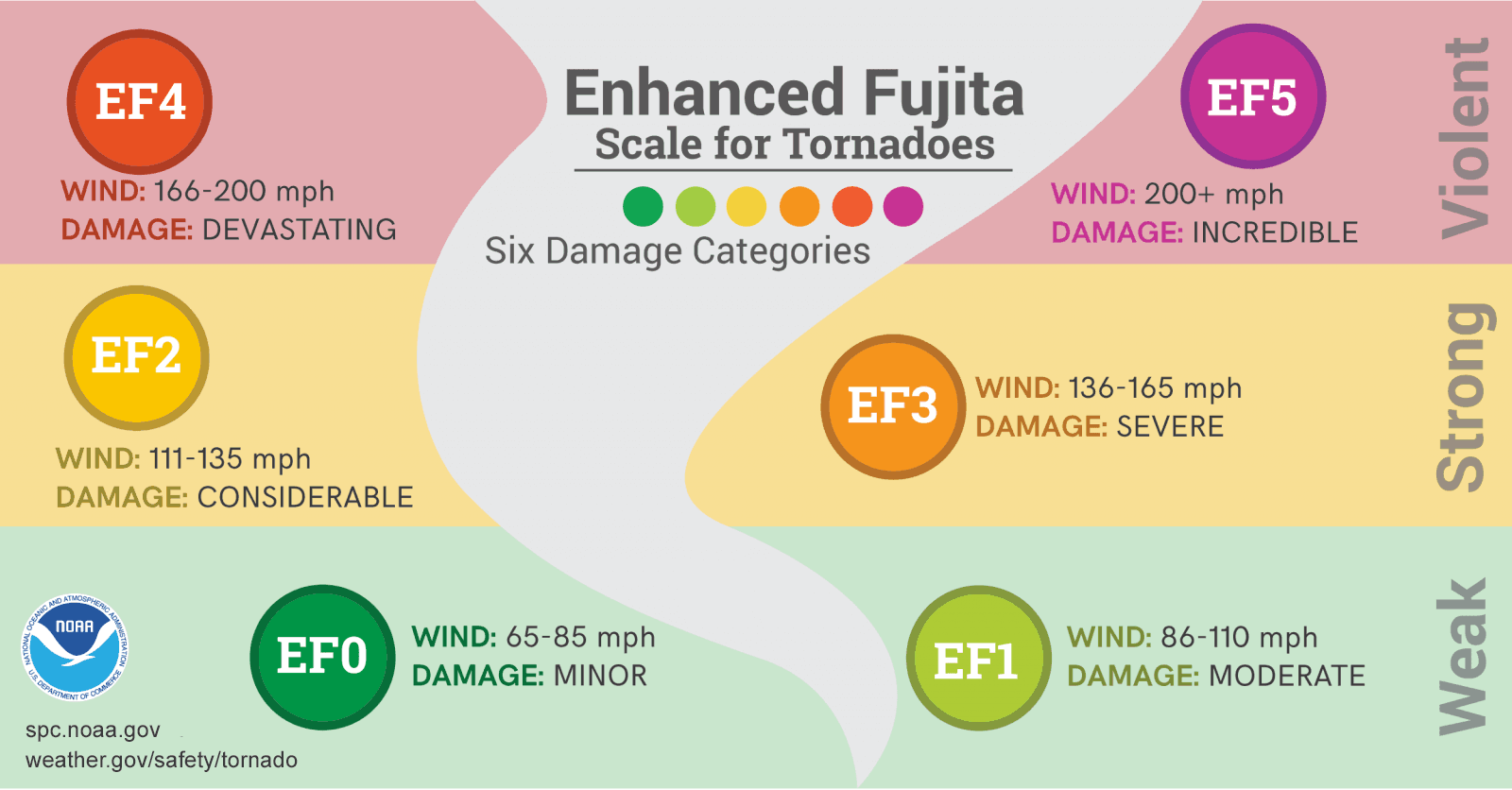
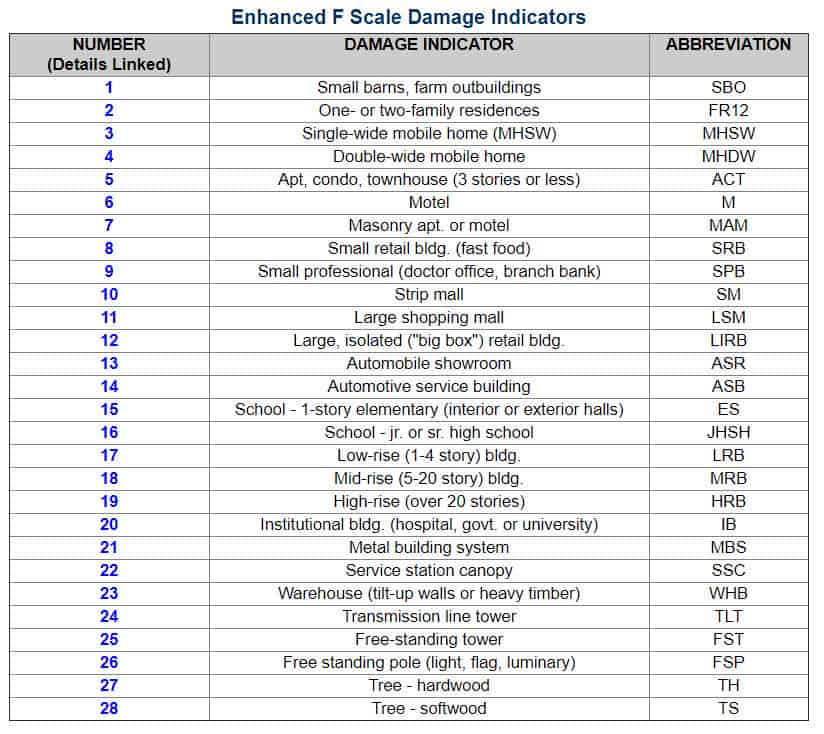
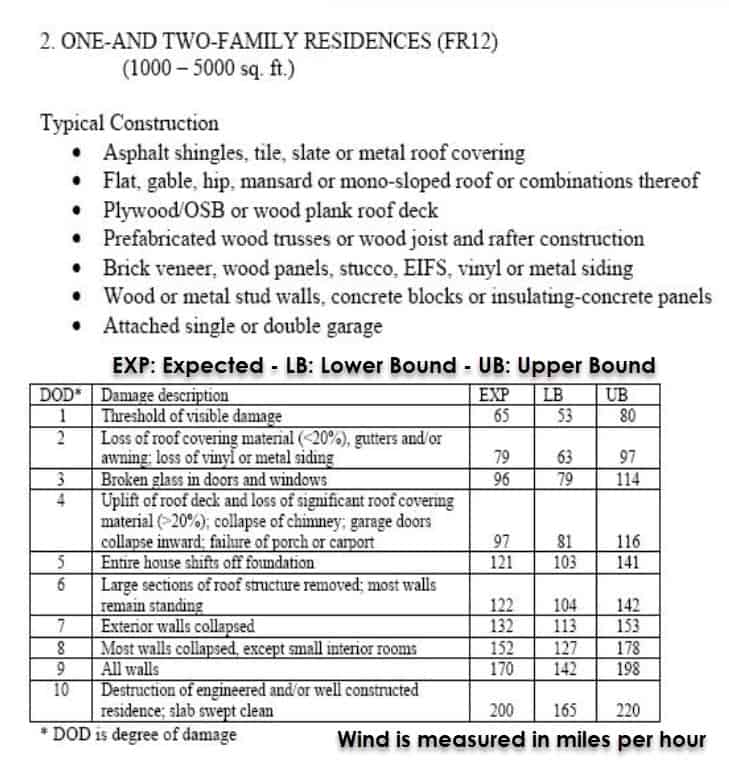
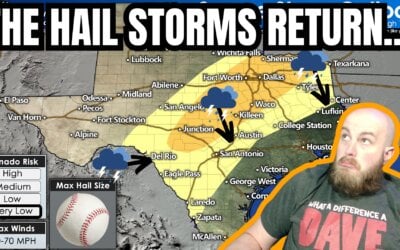
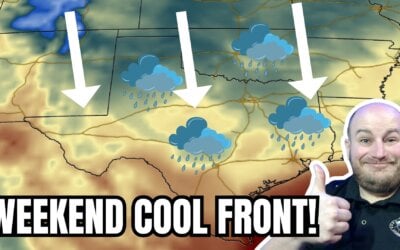
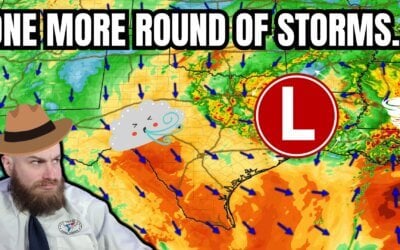
0 Comments